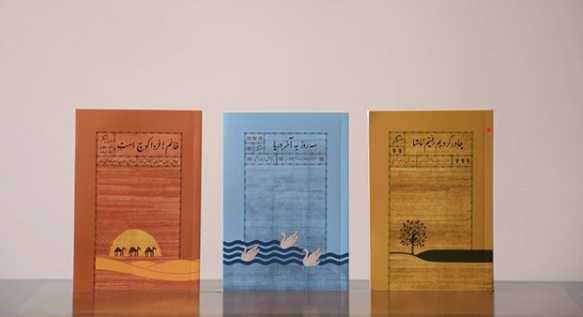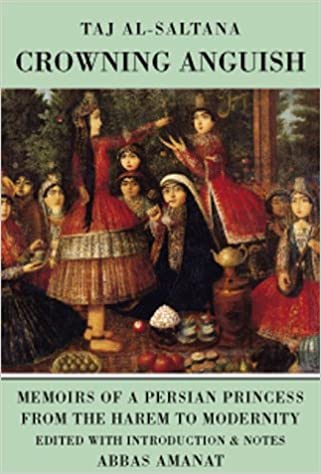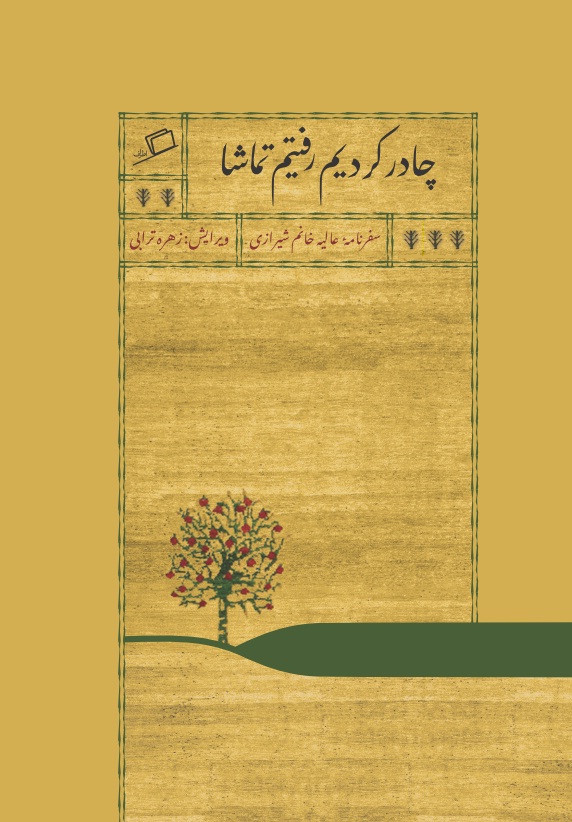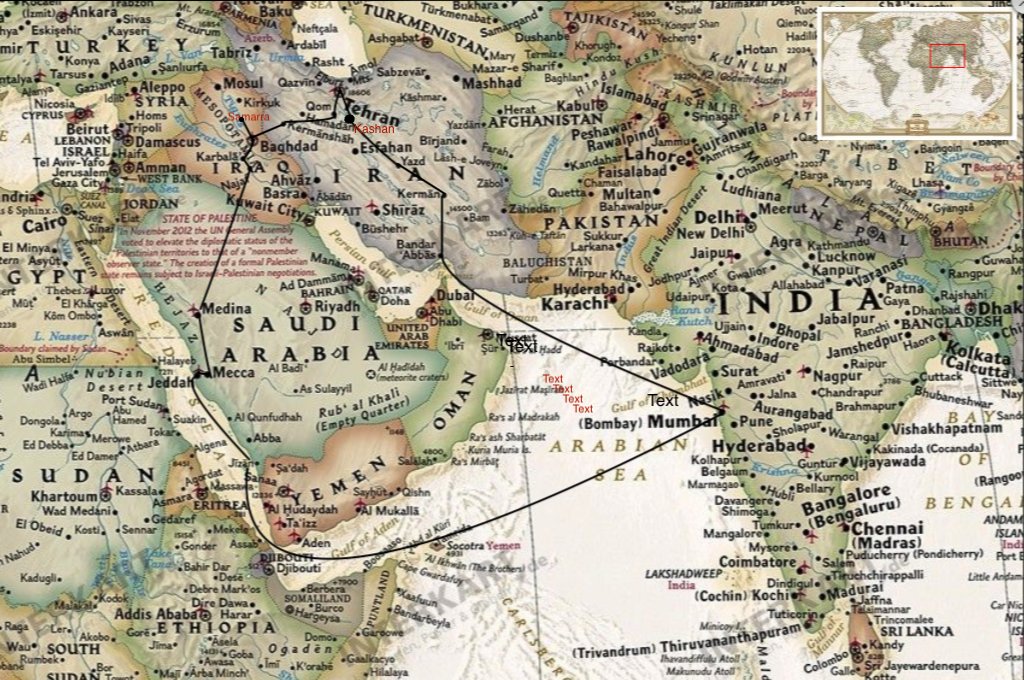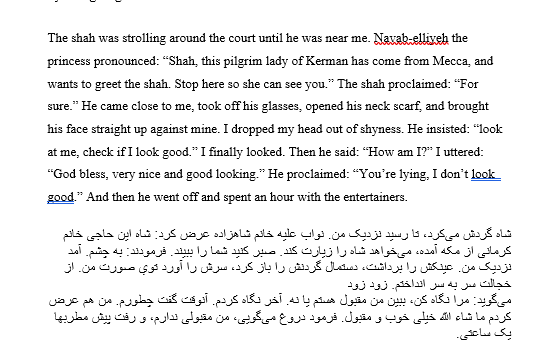Day 6: Hello again @DrSafaneh here, today I am going to introduce you to a few amazing travel narratives by Qajar-era Iranian women. Some of these travel journals have been recently edited and published in Iran.
1/The most famous life writing narrative by a Qajar woman is "The Memoirs of Taj al-Saltaneh", Naser al-Din Shah& #39;s daughter.
2/But she is not the only royal woman who has lived in Naser al-Din Shah& #39;s harem & written about it. Vaqar al-Dowleh-one of Naser al-Din Shah& #39;s wives, has written 2 travel journals after the Shah& #39;s assassination. The Hajj Diaries of Vaqar (1900) and The Fars Travelogue (1905).
3/Another Qajar woman who wrote about Naser al-Din Shah& #39;s andaruni after a short stay there is Aliyeh Kermani who wrote the Travel diaries of Mecca, Holy cities, and Naseri Court (1892-1894).
4/The two other travel journals are "The Mecca Travelogue of Farhad Mirza’s Daughter" (1880), by Mehrmah Khanum the wife of Vazir lashkar; and the "Tehran Travelogue of Khavar Bibi Shadlou" (1903).
5/All these travel journals, give us new insight into the world of Qajar women, their daily lives, the gender dynamics, their strategies for opening up a space for themselves to have their voices heard and get what they want done.
6/The one I want to focus on is Aliyeh Kermani& #39;s travel journal. While the other writers are royalty, or belong to powerful families, Aliyeh who appears to be from a Sheikhi family, is at best what we would describe today as middle class.
7/Her journey towards Mecca does not start by her own choosing, as she mentions on various occasions in the first half of her journal. The circumstances of the journey makes her the companion to a man she calls Agha Khan. Agha Khan is not a pleasant man to say the least:
8/ “By God, I don’t have time to write two words. One must not do anything in Agha Khan’s presence; one must sit quiet and silent, respectful. This of course, is how one should behave in the presence of greatness!”
9/But she takes her revenge through not only the act of writing, but through passive aggressively ridiculing him in her journal:
10/ "Today, the honorable Khan had a lot of watermelon. At night when he was sleeping, he got very gassy. Like children, his arms and legs twisted and his eye popped out. Many strange noises were heard."
11/But making fun of him is not relief enough for Aliyeh. Somewhere in Iraq, after visiting the shrines of Mesopotamia, Aliyeh parts ways. This puts her in grave financial difficulty.
12/Not belonging to the upper class or royalty means that Aliyeh has taught herself to quickly learn new skills & use them to make money. Her hajj route has taken her to the shores of India where she & the rest of their group stayed at for ten days. Here is a map of her route:
13/In India she sees some women felting (wool knitting) and quickly learns the skill. When she returns to Iran, she makes some money and gains some popularity among the women in Naser al-Din Shah& #39;s harem by teaching felting to them.
14/In fact, when she returns to Iran from her pilgrimage in Mecca, she decides to go to Tehran, & not return to Kerman-where her children are, because she wants to return with a "full hand" and bring them gifts, so she decides to go to Tehran first and stay with an acquaintance.
15/ The acquaintance is a Qajar prince, and one of his daughters is one of Naser al-Din Shah& #39;s wives. It is through this daughter that Aliyeh finds her way to the palace.
16/Be it in the prince& #39;s home, or the Shah& #39;s andaruni, Aliyeh makes herself indispensable through her various skills (sewing, knitting, hairdressing, and accounting-yes you read that right she helps the prince with book keeping!)
17/Since most of the writing we have about the andaruni (inner quarters) of the Shah is written by either male servants and officials, or other royal women, Aliyeh& #39;s description shed a different light on life in the andaruni.
18/The sense of wonder with which she describes the evening gatherings& #39; spectacle, and the Shah& #39;s manners is indicative of how the royals were perceived by non-royals:
19/I want to end this thread by recounting Aliyeh& #39;s description of her first encounter with Naser al-Din Shah:
20//If you want to know more about Aliyeh and the other travel journal, you can also listen to this podcast version of my PhD Research which was featured on an episode of Canada& #39;s CBC radio& #39;s "Ideas" program: https://www.cbc.ca/radio/ideas/century-old-journals-reveal-iranian-women-s-quiet-resistance-1.5161754">https://www.cbc.ca/radio/ide...

 Read on Twitter
Read on Twitter